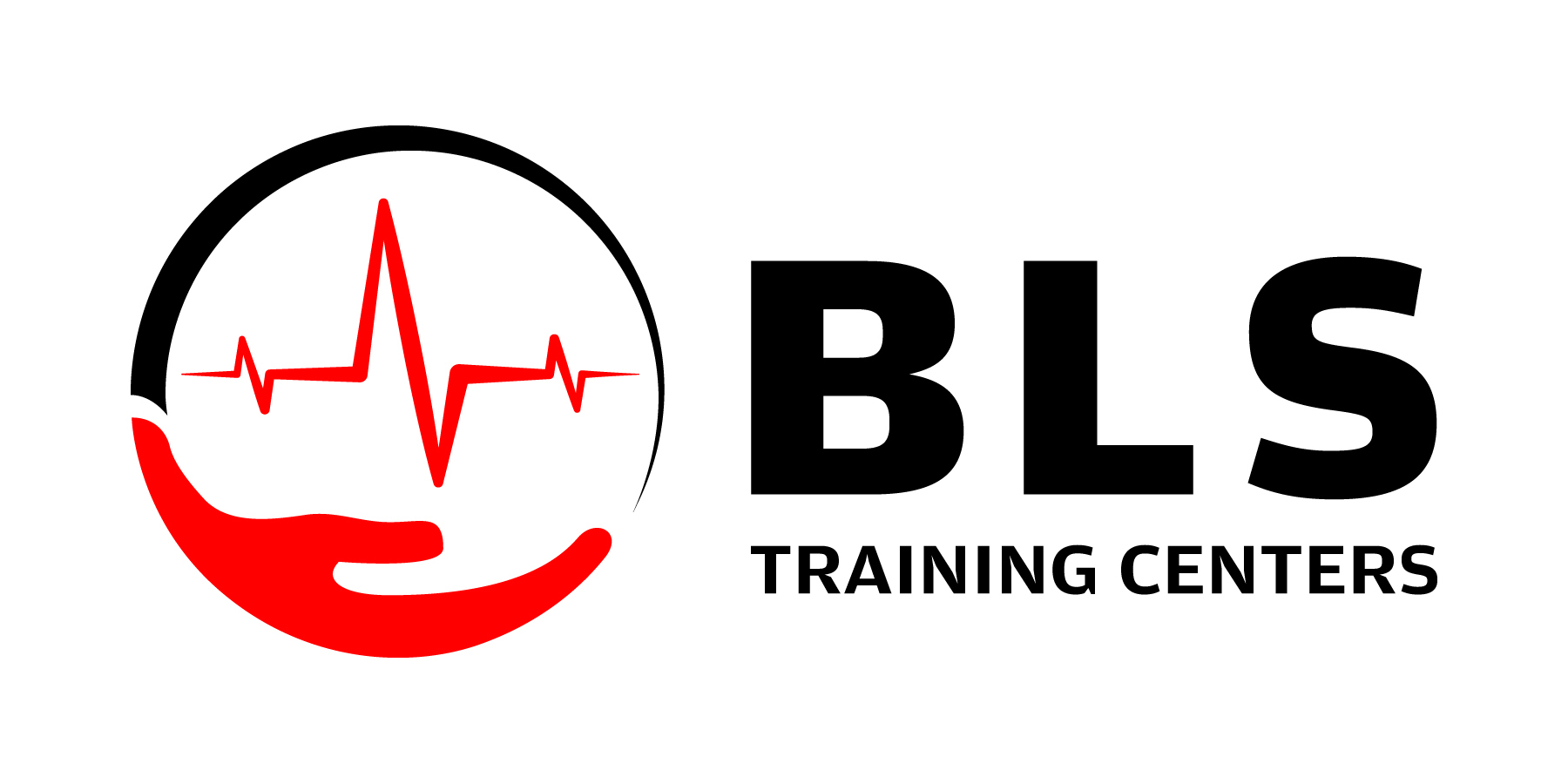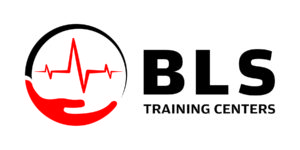

More than 12% of American adults face difficulty walking or climbing stairs due to disabilities and rely on mobility aids such as wheelchairs, which, while useful, have limitations. Traditional wheelchairs often restrict social interaction, as users are not at eye level with others and must use their hands to maneuver, which prevents multitasking. Honda Robotics has introduced UNI-ONE, a hands-free wheelchair that operates similarly to a Segway. The device elevates users to a semi-sitting position at eye level of others, allowing for hands-free control by shifting body weight or a joystick. The battery-powered UNI-ONE reportedly offers a range of about 5 miles or two hours of use, with a top speed just under 4 miles per hour. Honda aims to launch the UNI-ONE in 2025, leasing it for around $800 a month in Japan, with plans for the US market as well.
While a similar hands-free wheelchair, omeois available for purchase for around $30,000 in the US, the UNI-ONE lease model can make it more accessible to various establishments, such as amusement parks and college campuses. By offering these hands-free wheelchairs to visitors, these venues can ensure an inclusive environment, allowing everyone to fully enjoy their facilities without mobility limitations.
How does UNI-ONE work?
The UNI-ONE is a hands-free personal mobility device designed to bring greater independence and joy to diverse users. It stands out for two main features: height adjustment and hands-free maneuverability. This device allows users to change positions from a low, stable position when stepping up to a high position for better eye-level alignment with people standing while moving. This feature encourages natural communication and makes mobility more attractive. Additionally, users can steer and move in all directions using their body weight, leaving their hands free for other tasks, thus expanding the potential for diverse users.
(Click on images below to enlarge)


Focusing on user experience, UNI-ONE ensures high driving stability and incorporates anti-roll measures through its advanced control technology. The device automatically adjusts its position to prevent tipping, ensuring safe and stable movement. It also allows hands-free operation, controlled by shifting body weight, making mobility an enjoyable and effortless experience.
Powered by cutting-edge technology such as human-machine cooperative balance control technology and Honda’s original Omni Traction drive system, UNI-ONE interprets natural postural movements to estimate the user’s intentions and control wheel movements to achieve stability. This technology allows for easy direction changes and smooth, responsive movements in any direction, improving the overall user experience.
The device’s mechatronic technology ensures smooth transitions between high and low positions while minimizing impact and ensuring comfortable shifting. For example, the incorporation of a soft rubber bushing between components facilitates smoother mode changes while reducing harsh impacts during transitions.
UNI-ONE aims to revolutionize mobility for various situations. For example, it can ease the burden on elderly relatives at theme parks, help people with lower extremity disabilities perform tasks while moving, and allow wheelchair users to interact at eye level. with the rest. The goal is to improve people’s joy and independence in their daily lives by offering new mobility options.
Looking ahead, UNI-ONE envisions entertainment applications, such as XR gaming, leveraging its hands-free capabilities to integrate digital functions into real-world experiences. The ultimate goal behind the development of UNI-ONE is to make people smile, promoting fun, independence and enjoyment in their lives, regardless of their disability or age. Continuous testing, collaboration with users, and accumulation of data aim to further refine and improve the device, making it more accessible and easier to use for everyone.
Fountain: freethinking, sling
This blog was written primarily using chatGPT, a potential tool for greater accessibility. Do you think this is an appropriate use of chatGPT? Why or why not? Let me know!







